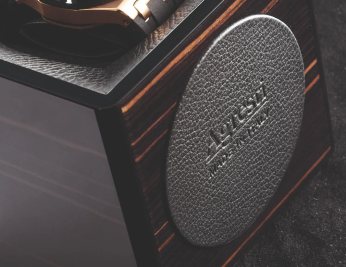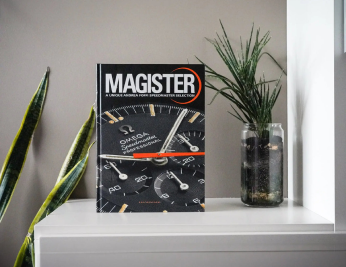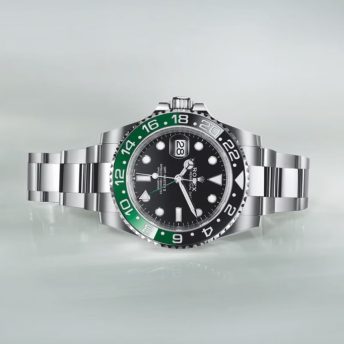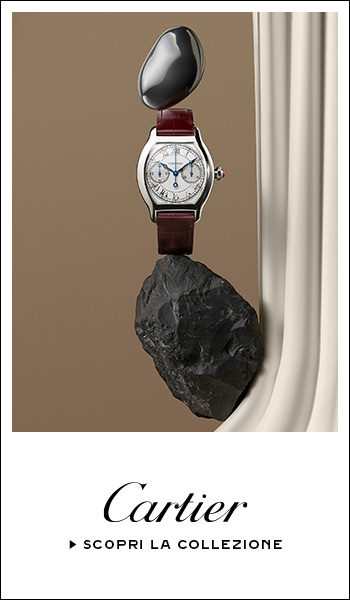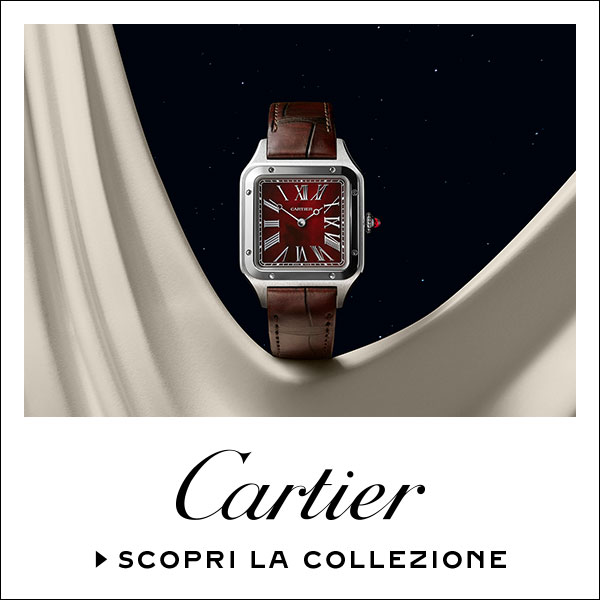In this article, we will introduce you to one of the most fascinating and technical complications in horology: the Jumping Hours.
Despite its relative obscurity, this complication is held in very high regard by collectors and enthusiasts worldwide. To perhaps explain why it is indeed so beloved by those in the know, we must discover its history and how it works.
A timepiece equipped with the jumping hours complication is instantly identifiable by the absence of the hour hand (which would normally complete one full revolution around the dial every 12 or 24 hours). Instead, these hours are displayed through an aperture, revealing a portion of a larger disc placed underneath the dial. With each hour that passes by, the disc quickly rotates – or, “jumps” – to the next hour.
The History of the Jump Hours
The story of the jumping hours complication begins in the age of pocket watches – the 1880s, to be precise – when an Austrian engineer by the name of Josef Pallweber had a brilliant yet unconventional idea to mechanically display the time without utilising standard hands. He registered the patent and later sold it to IWC. However, the brand only began using this complication in wristwatches some 40 years later, in the 1920s.

Aside from IWC, Audemars Piguet was one of the first companies to manufacture a wristwatch with the jumping hours complication. The hour aperture of this watch was placed at the 12 o’clock position, and the minutes were displayed via a central, continuously moving disc. From the exterior, it looks like the back of a Reverso, but upon better inspection, you will notice that it’s a totally integrated case, which adds an element of fascinating mystery to the elegant piece.
How it Works
To better understand and appreciate the modern interpretations that we will mention later, we must learn how the mechanism works.
The various discs of jumping hour watches made nowadays – particularly those by IWC – are no longer driver by traditional gears. The force which actions the singular (10^1) minute disc comes from a completely separate system with its own spring-wound mechanism. Every 60 seconds, an escapement component allows this disc to propel forward by one position. Every 10 minutes, this same mechanism allows the “tens” minutes (10^2) disc to move forward one position. By extension, every 60 minutes, the disc displaying the hours is allowed to move forward by one position, too.
By separating these two systems, the central mechanism is not affected, and therefore guarantees precision in the power reserve reading.
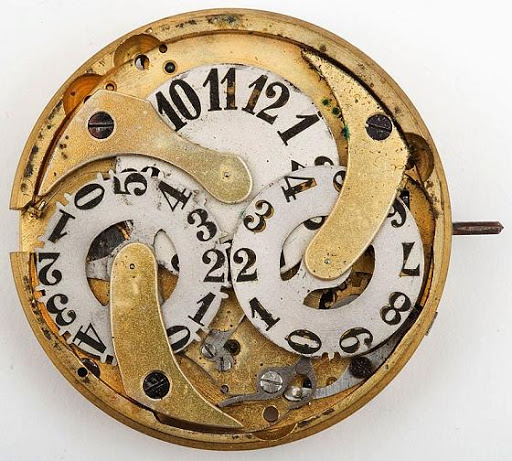
The Jumping Hours in Modern Timepieces
A lot of brands are equipping their watches with the jumping hours complication as a way to distinguish themselves from the rest of the market as well as to flaunt the technical prowess of their artisans and engineers. Although it often may be disguised by a simple, minimalist dial and case construction, these movements are incredibly complex and difficult to manufacture.
Here at IWS, we decided to show you some of our favourite picks for modern takes on this iconic complication.
A.Lange & Söhne – ZEITWERK
This timepiece literally embodies the “jumping hours par excellence” title: whenever the words “jumping hours” are uttered, this watch immediately springs to mind. The A.Lange & Söhne masterpiece not only has the jumping hours, but the minutes are represented “digitally”, too. Measuring 42mm by 12.6mm, it has a significant presence on the wrist, but it is a real joy to observe. The hour window is placed at the 9 o’clock position, and is contrasted by the minutes aperture at 3. Below, at 6, we can see a large subseconds dial, and above, a power reserve sits at 12.
There are two versions to the Zeitwerk: a white gold-black dial model, and a rose gold-silvery dial version.
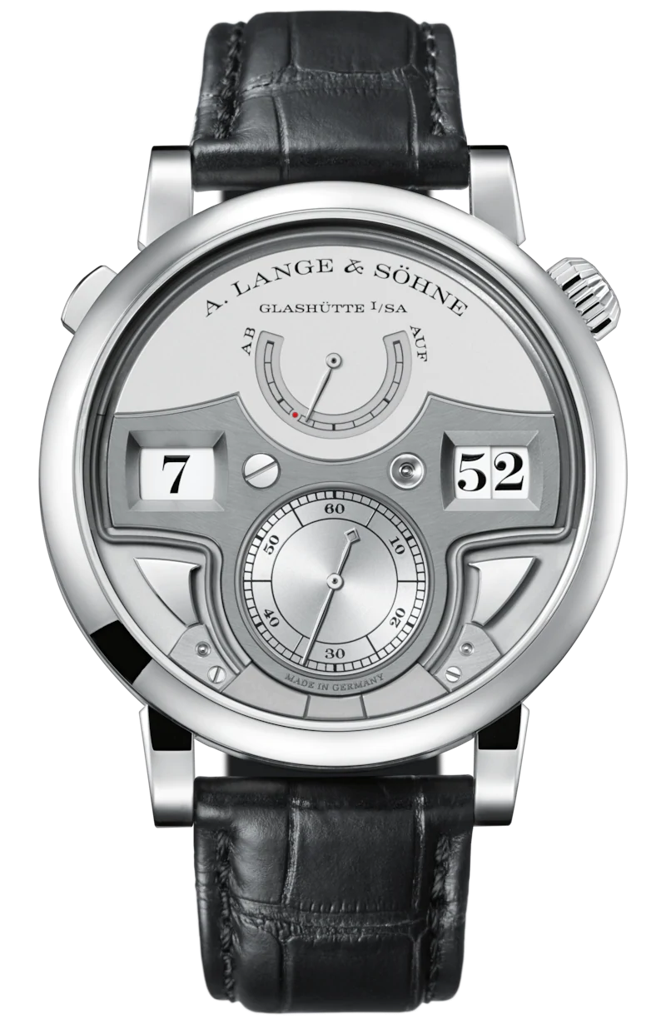
This stunning piece is beloved amongst collectors, and it takes a true connoisseur to appreciate the engineering behind it. This exclusivity is also reflected in the €75,000 pricetag. In this case, you most certainly get what you pay for.
IWC – TRIBUTE TO PALLWEBER EDITION «150 YEARS»
As we mentioned earlier, IWC has a long history with the jumping hour complication. To honour this 150-year-long relationship, they made a special anniversary edition, named after the creator of the complication, Josef Pallweber. Like the Zeitwerk, the timepiece is also quite large: 45mm to be exact, but slightly slimmer, measuring “only” 11.9mm thick. The dial design spans along a central vertical line: starting from the 12 o’clock position and moving down, we can see the hour window; the minutes aperture in the centre; and the subseconds dial at 6. It is a much cleaner and more minimalist dial compared to the Lange, with much less visual impact.
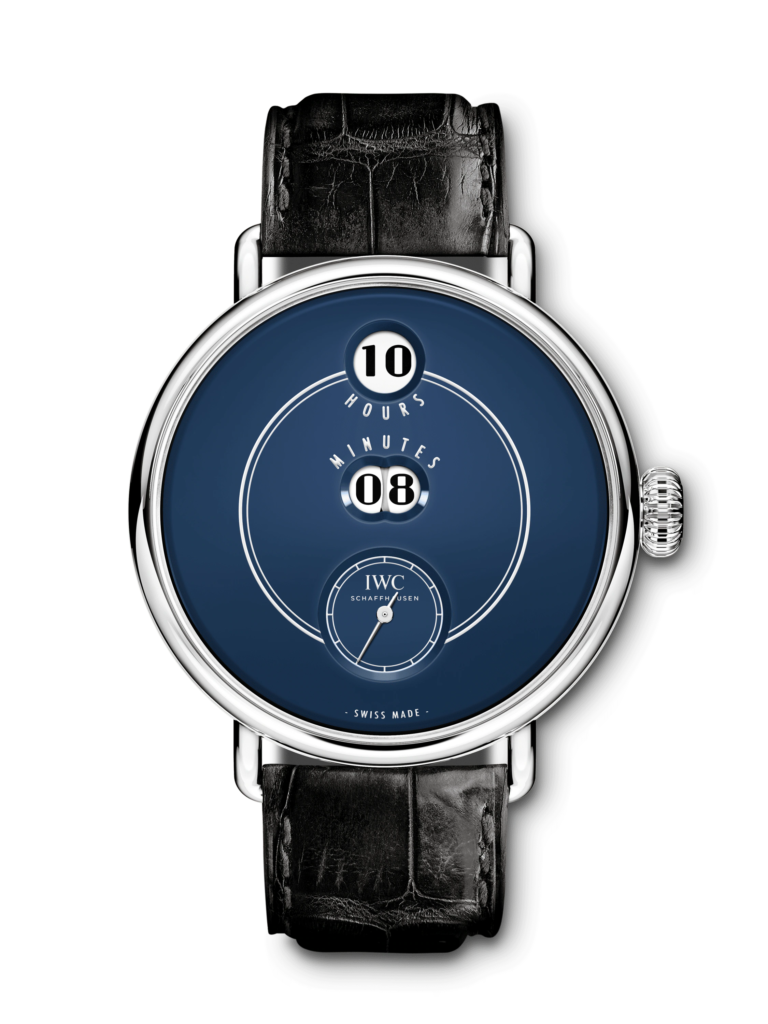
There are three versions to this special edition IWC: a steel case-blue dial configuration, a rose gold-white dial one, and a platinum cased version with a white dial. Surprisingly, the prices are much lower than the Lange Zeitwerks. The steel model starts at €22,800 , €36,100 for the gold, and €59,100 for the platinum version.
In conclusion…
Aside from being one of the best ways for a watchmaker to flex their engineering muscles, the jumping hours complication is a great way to explore innovative and elegant minimalist dial design.
Why? Well, for starters, the mechanism is not constrained by having everything run off the centre point of the dial: the escapement and windows can be placed (potentially) anywhere you wish. This means that there is so much space on the dial to play with, opening up a lot of opportunity for innovative designs and concepts. What is your opinion on the jumping hours complication? Let us know in the comments!
-Translated by Patrick R.

